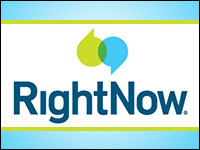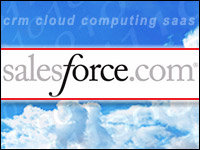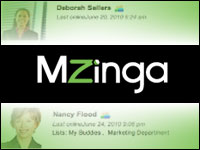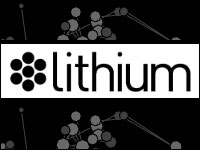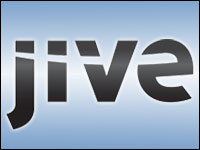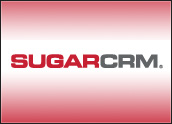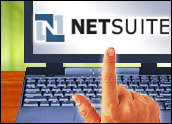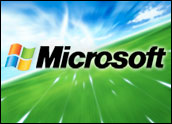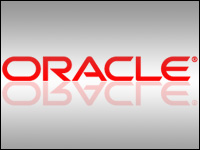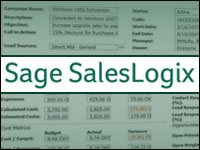
Sage offers companies a choice of CRM options for sales automation, including Sage ACT, Sage CRM, and SalesLogix. The company currently has about 3.6 million users and serves about 80,000 businesses.
“Sage has a portfolio of CRM solutions,” Joe Bergera, executive vice president and general manager of Sage, told CRM Buyer. “We have mobile solutions for all our CRM products.”
People should consider the entire portfolio of products when choosing an application, he advised.
With powerful and easy integration, Sage offers the ability to communicate across the application and with third-party apps, Bergera noted, adding that customers can rely on Sage because the company does what it says it will do.
“It’s a strong product,” Ray Wang, principal analyst at Constellation Research Group, told CRM Buyer. “They’ve competed well.”
Sage ACT and Sage CRM
Sage ACT has evolved into sales automation for small businesses, while Sage CRM targets the mid-market, Bergera said.
Although Sage CRM is available as a stand-alone application, it tends to be bundled with accounting and ERP applications, he added.
SalesLogix is the highest-end product, serving mid-market and enterprise class businesses with marketing, service and support, and sales automation capabilities.
Sage ACT offers one-to-one or one-to-many customer interaction models, Bergera pointed out. It has strong contact management functionality and also includes some marketing capabilities.
“Sage ACT is a particularly strong solution for agent-broker industries,” he noted. It has strong penetration in financial, real estate and insurance companies. Sage ACT is priced from US$229 to $469 per user license.
Thanks to a partnership with Hoovers, Sage ACT users also can access business information, added Bergera.
“I know they’re doing something pretty interesting with ACT,” said Brent Leary, cofounder and partner of CRM Essentials.
The integration with Hoovers data allows users a deep dive for new leads, he told CRM Buyer.
Sage CRM, which is designed to meet the needs of slightly larger organization needs, offers many-to-one or many-to-many customer interaction models, said Bergera. The on-premises version costs $495 per user, while the hosted version costs $69 per user per month.
Sage SalesLogix
Sage SalesLogix works for teams of people interacting in different departments and is suitable for business-to-consumer or business-to-business models, said Bergera. It has extensible architecture and can be customized to meet specific business needs. Pricing varies.
“SalesLogix is extremely robust,” he stated. The system is favored by CRM process owners such as managers and people with strong front-office orientation.
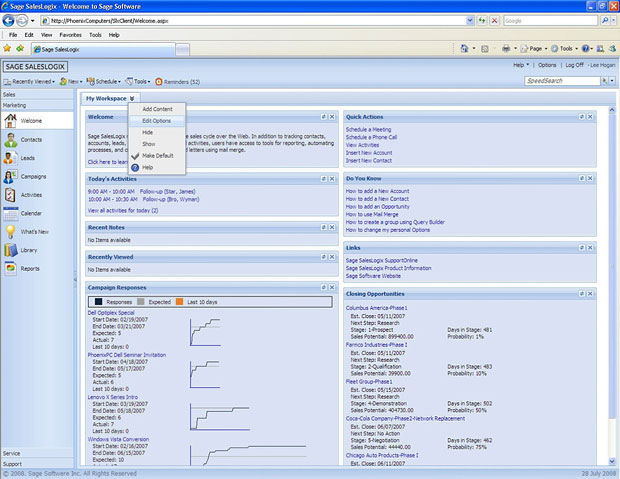
In addition to the key functionality needed in a typical enterprise CRM application, SalesLogix is particularly strong in the areas of opportunity management, workflow, marketing capability, analytics and deployment flexibility, according to Bergera.
“I think Sage has tried to focus on three key areas,” Rebecca Wettemann, vice president of research at Nucleus Research, told CRM Buyer. Those areas are sales productivity, mobile access and task automation.
Sage SalesLogix streamlines the sales process and integrates customer data into a single repository, Nucleus researchers found.

With multiple products available for various customers, Sage is in a position to offer all the necessary CRM solutions to the market, Bergera said.
Still, any vendor that says it can do everything is lying, he observed. Sage rounds out its own line through an ecosystem of vendors that create solutions around its products.
It’s because of these partners that Sage can pretty much address any organization’s requirements, he maintained.
Brand Awareness
Sage’s “partners are great,” Wettemann concurred.
Although this is a good thing, there is one potential drawback, she said. That is, it can cause customers to identify more with the partners than with Sage.
Sage is well-positioned to grow its customer base moving forward, Wettemann noted, citing her firm’s research. However, in order to retain that customer base, Sage will need some investment in brand awareness and a clear migration path.
Although Sage is a readily recognizable brand in many European countries, Nucleus’ research indicated the company’s U.S. customers had a tendency to identify with the application they used rather than with Sage.
Improving the migration path, and bolstering messaging and migration tools would make customers more likely to choose another Sage product when they have outgrown the one they’re currently using and help Sage retain its customer base.
On-Premises, Cloud Hybrid, Connected Services
Sage has the ability to implement on-premises and cloud systems with the same customers, Bergera pointed out.
“We can accommodate that kind of hybrid model,” he added.
In addition, connected services such as that offered in partnership with Hoovers can be integrated seamlessly, he stated. This allows people to consume functionality as they need it, Bergera explained.
“We’re trying to deliver these services on a more discrete basis,” he said. “I think that’s a strong point of differentiation with SalesLogix.”

